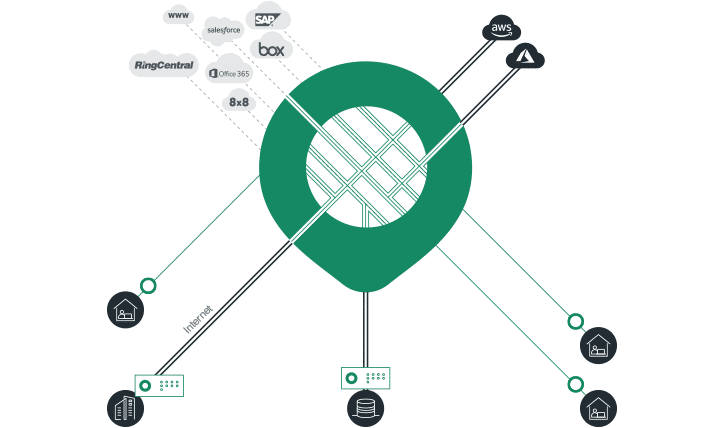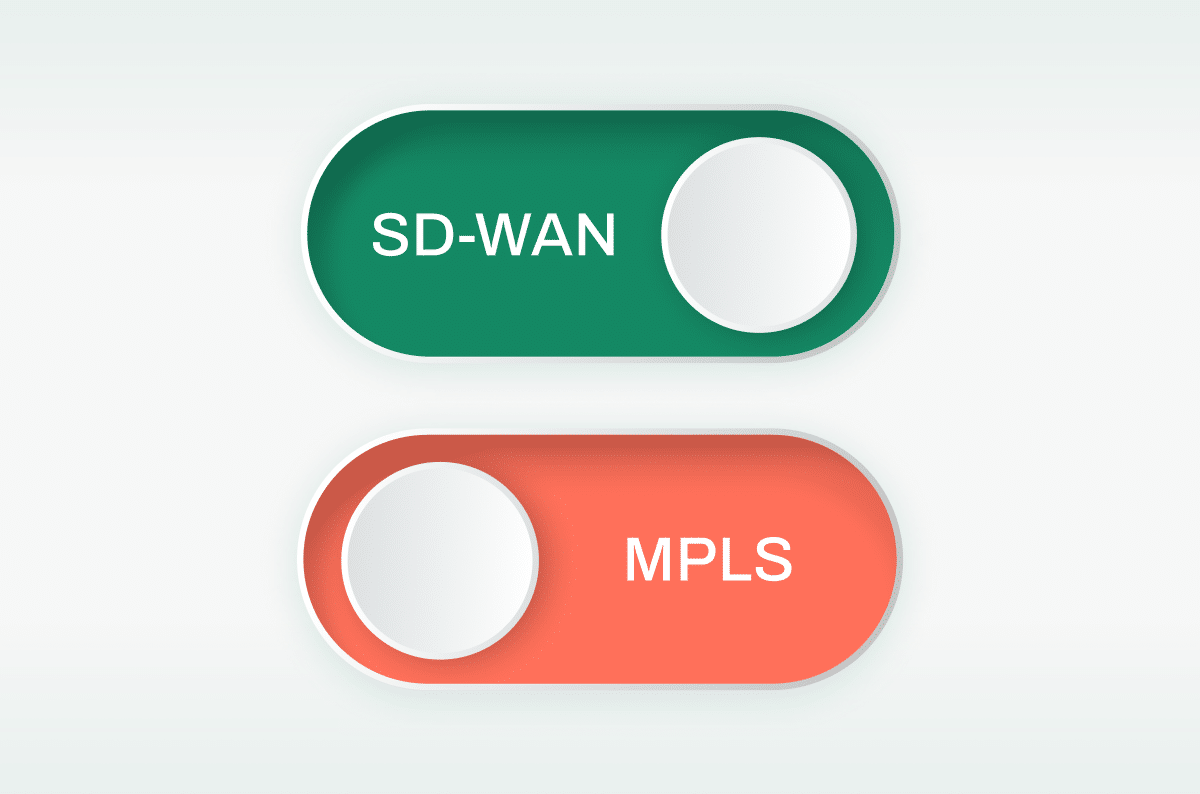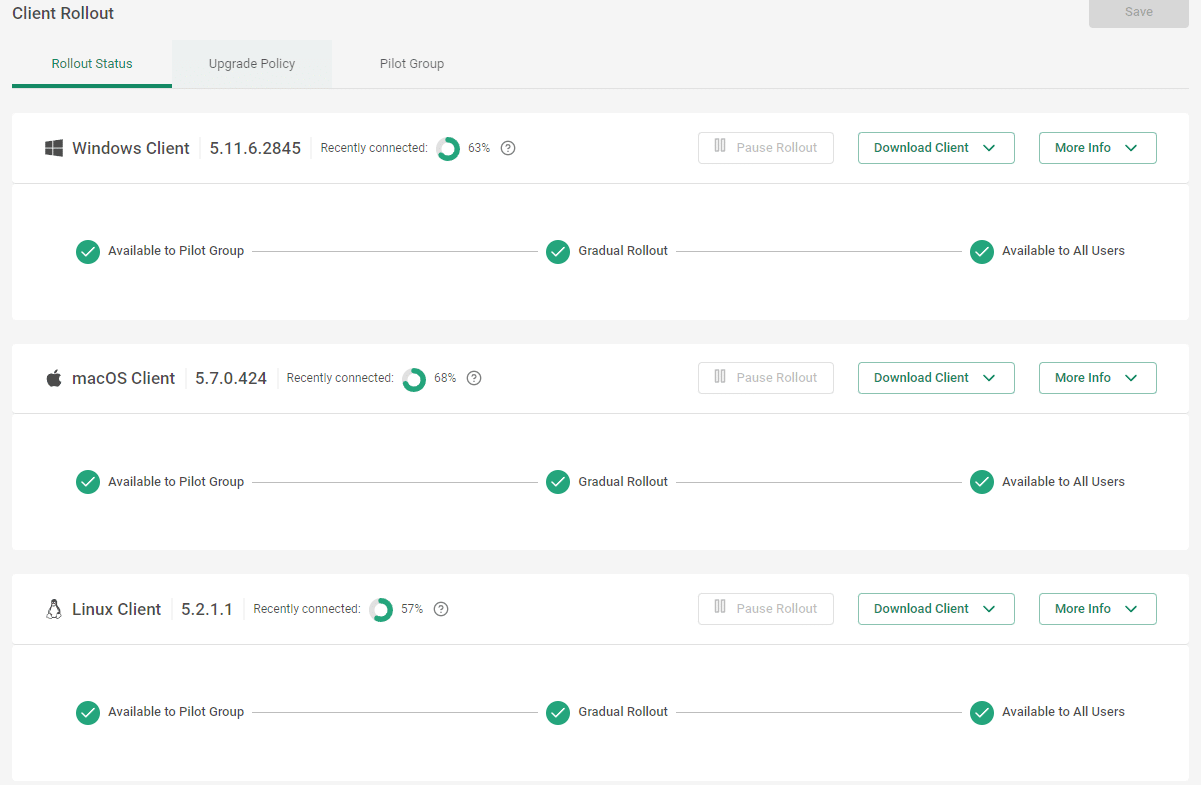Does WAN transformation make sense when MPLS is cheap?
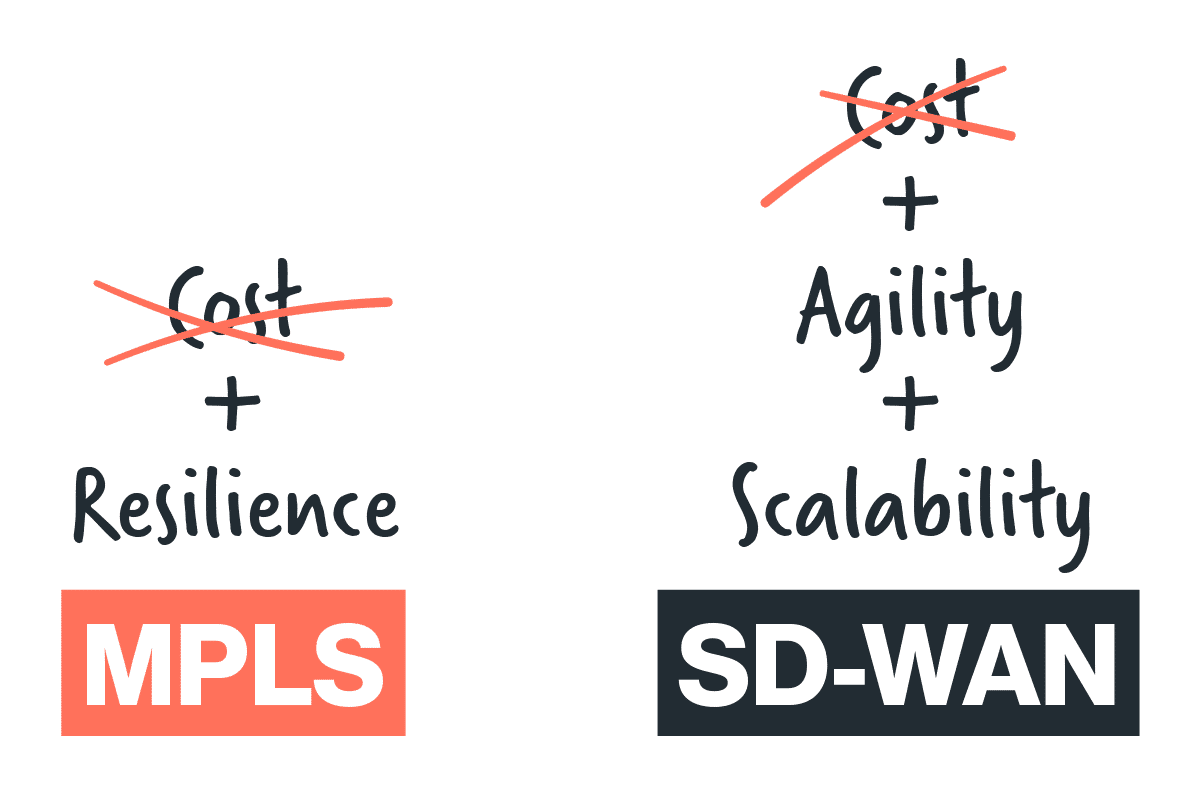
|
Listen to post:
Getting your Trinity Audio player ready...
|
WAN transformation with SD-WAN and SASE is a strategic project for many organizations. One of the common drivers for this project is cost savings, specifically the reduction of MPLS connectivity costs. But, what happens when the cost of MPLS is low? This happens in many developing nations, where the cost of high-quality internet is similar to the cost of MPLS, so migration from MPLS to Internet-based last mile doesn’t create significant cost savings.
Should these customers stay with MPLS? While every organization is different, MPLS generally imposes architectural limitations on enterprise WANs which could impact other strategic initiatives. These include cloud migration of legacy applications, the increased use of SaaS applications, remote access and work from home at scale, and aligning new capacity, availability, and quality requirements with available budgets. In short, moving away from MPLS prepares the business for the radical changes in the way applications are deployed and how users access them.
Legacy MPLS WAN Architecture: Plain Old Hub and Spokes
MPLS WAN was designed decades ago to connect branch locations to a physical datacenter as a telco-managed network. This is a hard-wired architecture, that assumes most (or all) traffic needs to reach the physical datacenter where business applications reside. Internet traffic, which was a negligible part of the overall enterprise traffic, would backhaul into the datacenter and securely exit through a centralized firewall to the internet.
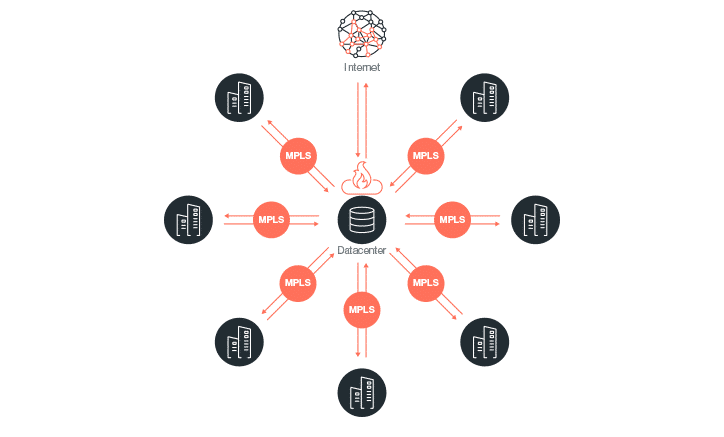
Cloud migration shifts the Hub
Legacy MPLS design is becoming irrelevant for most enterprises. The hub and spokes are changing. For example, Office365. This SaaS application has dramatically shifted the traffic from on-premises Exchange and SharePoint in the physical datacenter, and offline copies of Office documents on users’ machines, to a cloud application. The physical datacenter is eliminated as a primary provider of messaging and content, diverting all traffic to the Office 365 cloud platform, and continuously creating real-time interaction between user’s endpoints and content stores in the cloud.
If you look at the underlying infrastructure, the datacenter firewalls and datacenter internet links carry the entire organization’s Office 365 traffic, becoming a critical bottleneck and a regional single point of failure for the business.
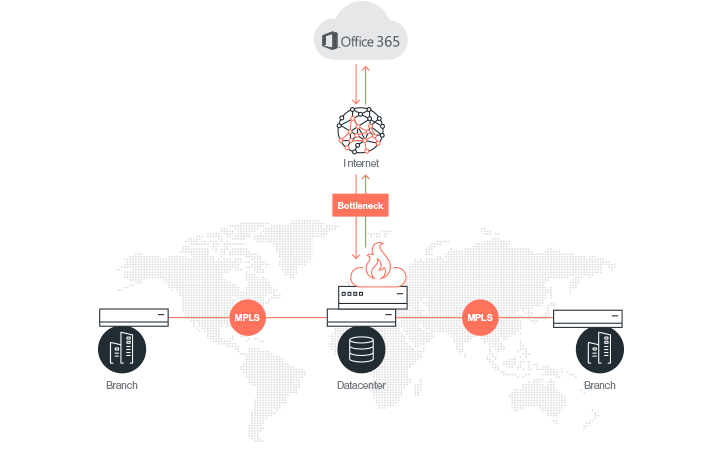
Work from home shifts the Spokes
Imagine now, that we suddenly moved to a work-from-home hybrid model. The MPLS links are now idle in the deserted branches, and all datacenter inbound and outbound traffic is coming through the same firewalls and Internet links likely to create scalability, performance, and capacity challenges. In this example, centralizing all remote access to a single location, or a few locations globally, isn’t aligned with the need to provide secure and scalable access to the entire organization in the office and at home.
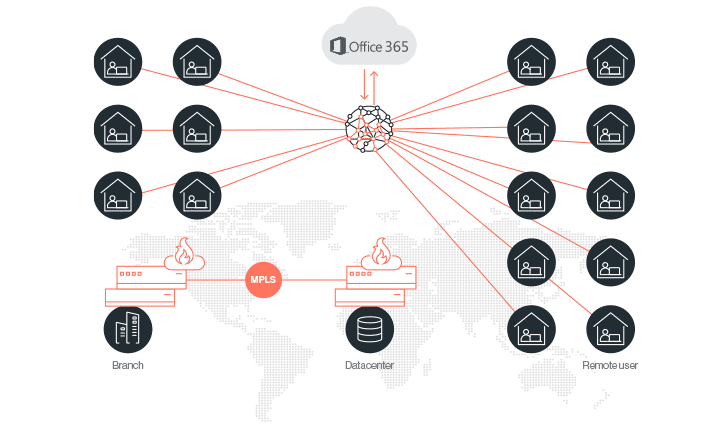
Internet links offer better alignment with business requirements than MPLS
While MPLS and high-quality direct internet access prices are getting closer, MPLS offers limited choice in aligning customer capacity, quality, and availability requirements with underlay budget.
Let’s look at availability first. While MPLS comes with contractually committed time to fix, even the most dedicated telco can’t always fix infrastructure damage in a couple of hours over the weekend. It may make sense to use a wired line and wireless connection managed by edge SD-WAN device to create physical infrastructure redundancy.
Capacity and quality pose a challenge as well. Traffic mix is evolving in many locations. For example, a retail store may want to run video traffic for display boards which will require much larger pipes. Service levels to that video streams, however, are different than those of Point-of-Sale machines. It could make sense to run the mission-critical traffic on MPLS or high-quality internet links and the best-effort video traffic on low-cost broadband links, all managed by edge SD-WAN.
Furthermore, if the video streams reside in the cloud, running them over MPLS will concentrate massive traffic at the datacenter firewall and Internet link chokepoint. It would make more sense to go with direct internet access connectivity at the branch, connect directly to the cloud application and stream the traffic to the branch. This requires adding a cloud-based security layer that is built to support distributed enterprises.

The Way Forward: MPLS is Destined to be replaced by SASE
Even if you don’t see immediate cost savings, shifting your thinking from MPLS-based network design to an internet- and cloud-first mindset is a necessity. Beyond the underlying network access, a SASE platform that combines SD-WAN, cloud-based security, and zero-trust network access will prepare your organization for the inevitable shift in how users’ access to applications is delivered by IT in a way that is optimized, secure, scalable, and agile.
In Cato, we refer to it as making your organization Ready for Whatever’s Next.
